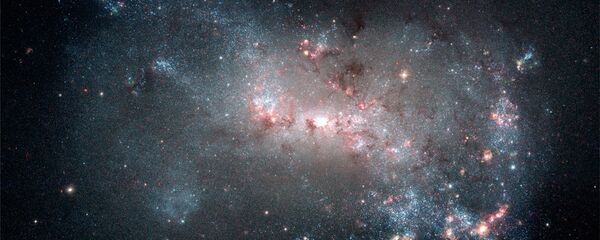Observations made primarily by NASA’s Kepler space telescope’s K2 mission sheds light on the mystery of how certain chemical elements end up on the surface of white dwarfs.
Thought to be the final stage of dying stars, white dwarfs dot the universe. They are the dense remnants of what were once stellar bodies like our Sun, consisting of oxygen, carbon and a thin shell of helium or hydrogen.
For years, scientists were unsure how traces of heavier elements like iron, silicon, calcium or magnesium could also be present on a white dwarf’s shell.
BREAKING NEWS: Killer white dwarf eats little 'planet' @NASAKepler's find: https://t.co/3kkqUSdmeS #ExoplanetWeek pic.twitter.com/pRYxBsuygg
— NASA PlanetQuest (@PlanetQuest) October 21, 2015
Now, researchers say, they’ve found a ‘smoking gun’: planets that once circled white dwarfs are being consumed by their host star.
The study’s lead author, Andrew Vanderburg of the Harvard-Smithsonian Center for Astrophysics in Cambridge, Massachusetts, refers to these dying stars as ’cosmic zombies.’
“For the last decade we’ve suspected that white dwarf stars were feeding on the remains of rocky objects, and this result may be the smoking gun we’re looking for,” Fergal Mullally, staff scientist of K2 at SETI and NASA’s Ames Research Center in Moffett Field, California, said in a statement.
“However, there's still a lot more work to be done figuring out the history of this system,” he added.
Researchers discovered a rocky planet-like object orbiting WD 1145+017, as well as a surrounding debris disc, and pollution on the surface of the white dwarf. All three components indicate that the dying star has been ripping apart a rocky body that probably used to be a planet.
Here, @astrojohnjohn used @NASAKepler to find tiny planetesimals transiting in front of the white dwarf WD 1145+017. pic.twitter.com/3OSLK4ETmE
— Hugh Osborn (@HughO2) October 21, 2015
“This is something no human has seen before,” Vanderburg said in a statement. “We’re watching a solar system get destroyed.”
At least now we may have some idea of our own planet’s fate.




